Jan 2, 2025
The Project-Based Learning Method
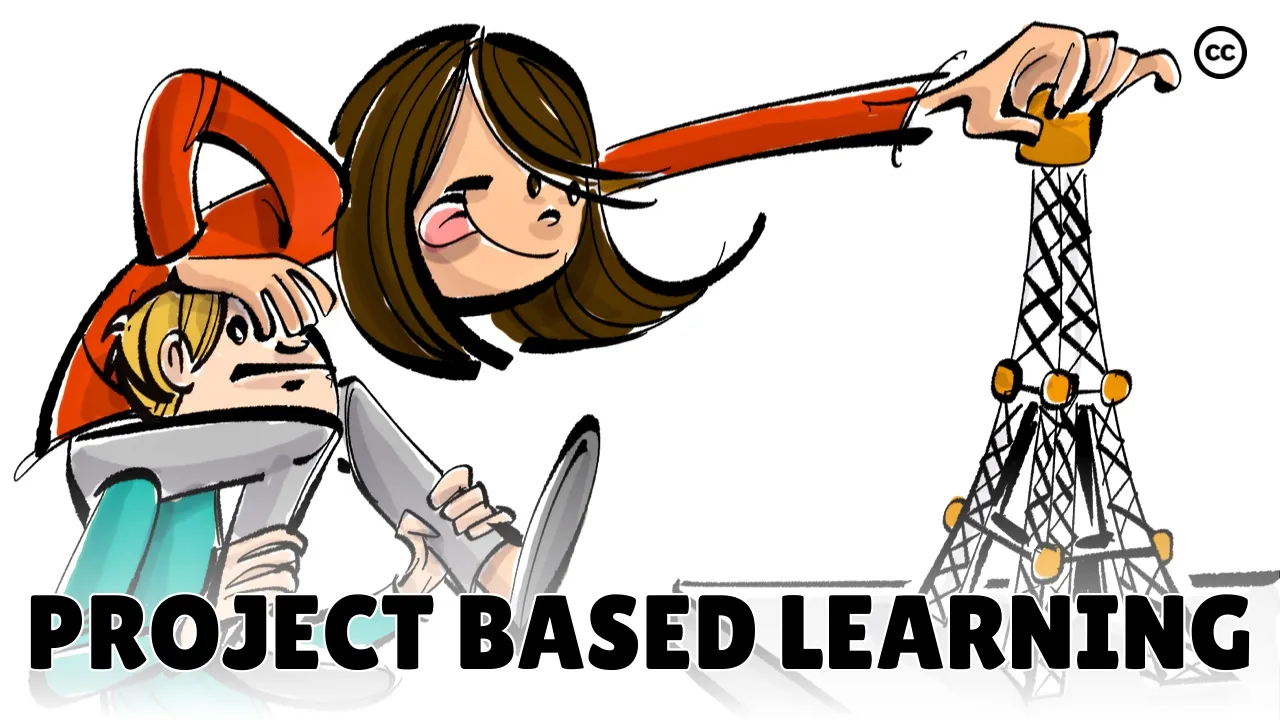
Introduction
Project-based learning is a pedagogical approach that involves students in a long-term, in-depth investigation of a real-world challenge. Instead of memorizing established knowledge or following an instruction that offers a fast path to facts, students actively work on a problem that allows them to develop several skills simultaneously.
Definition
To understand the difference between traditional learning and project-based learning, we can look at the experiences students have in a conventional class led by Mr. Listen and compare that to what they gain from doing a project with Mrs. Do. The objective in both scenarios: learn how to engineer a tall tower.
Conventional class
In Mr. Listen's conventional class, the students sit at their desks and look at the blackboard. Mr. Listen first goes over some principles of physics and then instructs the students, who are still able to pay attention, to design the optimal structure for a high tower.
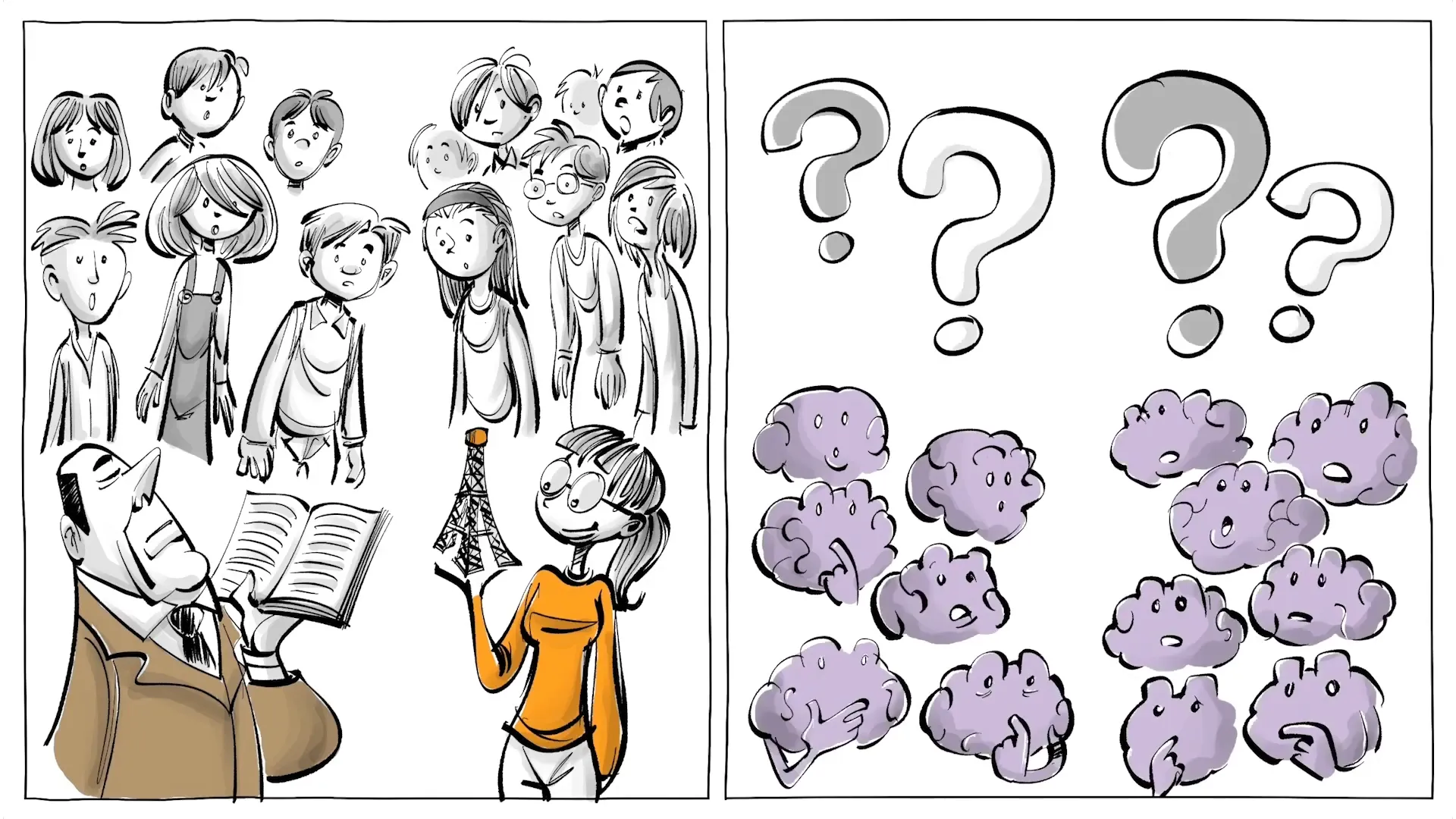
Project-based learning class
In contrast, when doing project-based learning (PBL), the students sit in groups. Mrs. Do gives each group 20 strands of uncooked spaghetti, scotch tape, a cotton thread, and some marshmallows. They are then told they have 18 minutes to build the highest possible structure that could hold up the spongy confection.
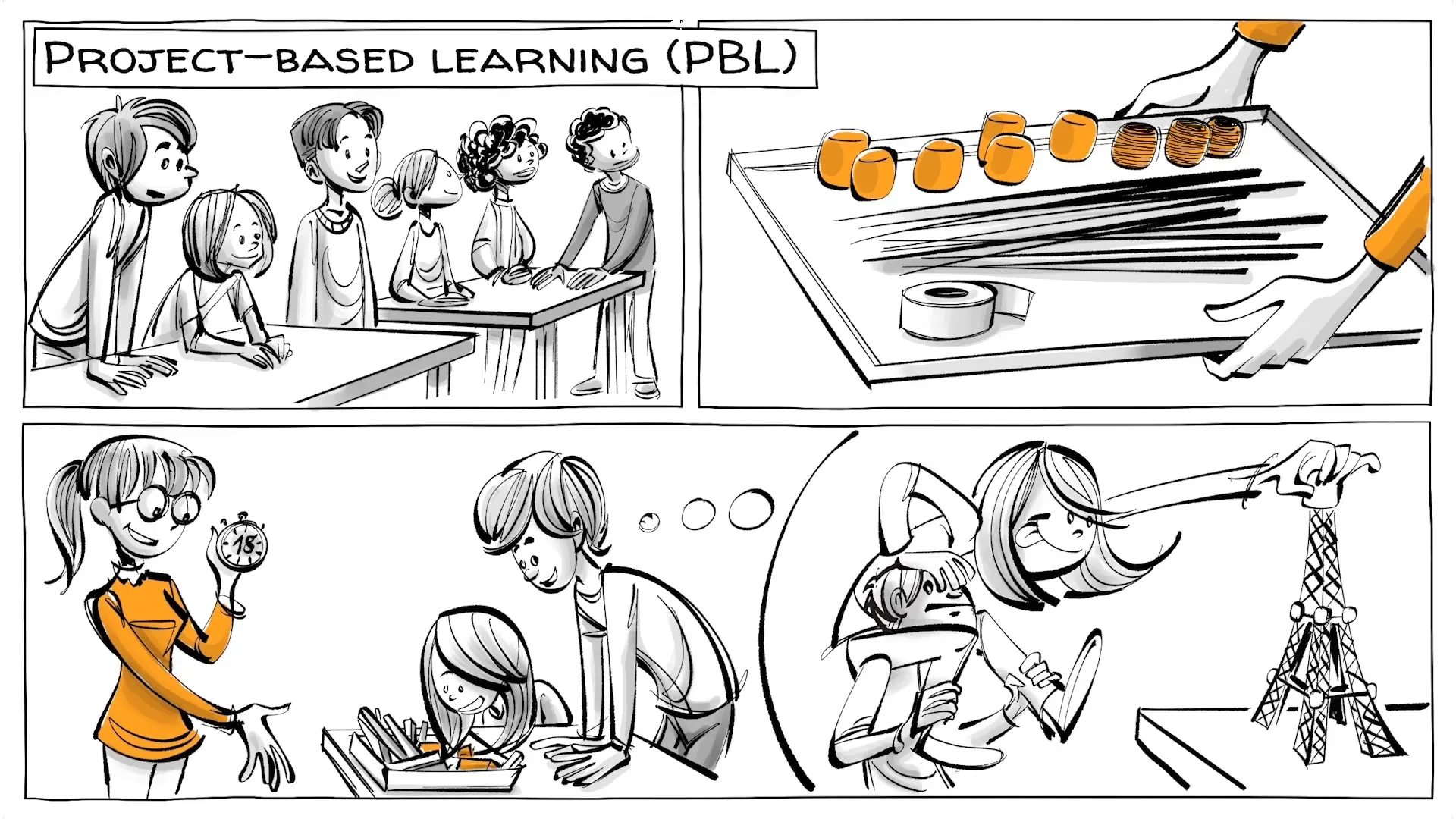
Conventional class result
So what will the kids in the different classes learn? With Mr. Listen, all kids might learn something about towers, a few might learn some engineering, and one could, in theory, learn to construct an ideal tower structure. But just a week later, most will have forgotten everything.
PBL class result
On the other hand, Mrs. Do’s marshmallow tower challenge activates the kids’ brains in various areas and teaches the children something about construction, creativity, physics, and teamwork. More importantly, they learn that if they fail the first time, they can try again and still succeed. They learn to learn, and even decades later, some might still remember that day.
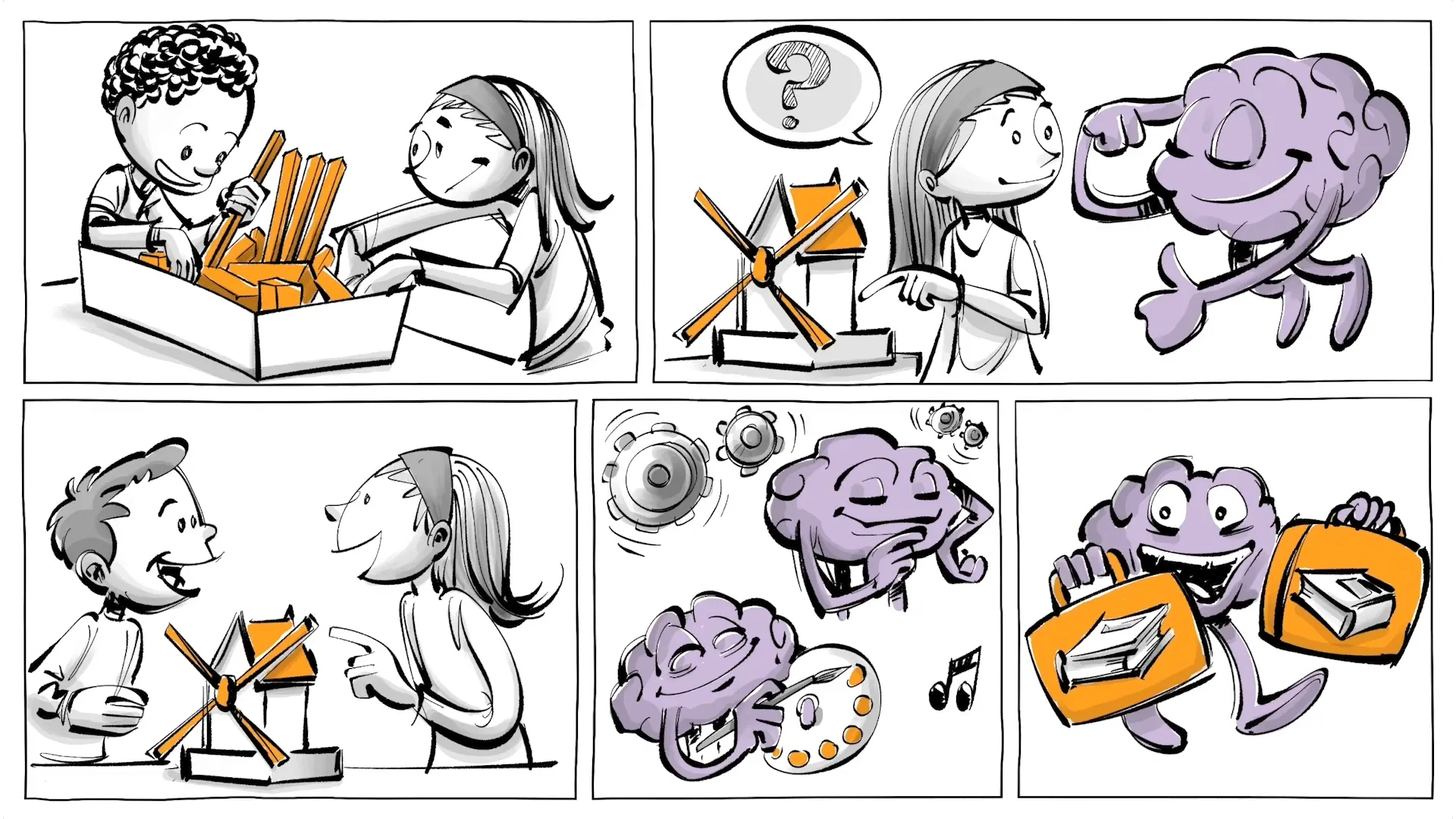
Best practice for class
The benefits of project-based learning include high engagement and a greater depth of understanding. Students practice communication, critical thinking, and creativity, and as a result, often experience better learning outcomes in general. Randomized controlled trials involving thousands of students have demonstrated that project-based learning significantly outperforms traditional curricula, raising academic performance across academic disciplines.
The best teachers often combine projects with traditional instruction or run what's known as active learning classrooms. This approach allows students to make sense of trying, failing, doing, and the theory from the educator.
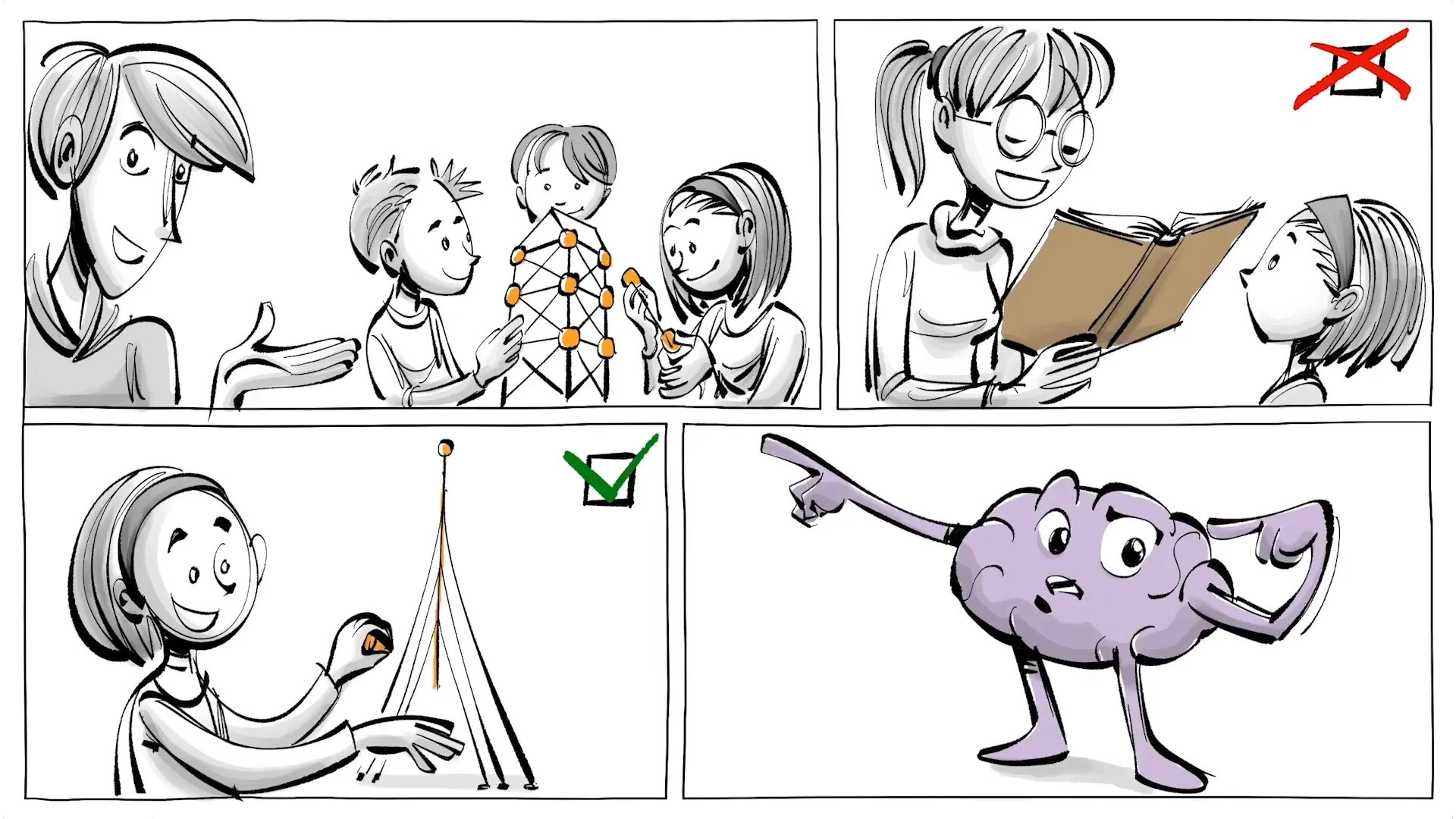
Conclusion
What are your thoughts about learning through projects? Since education is allegedly not about what the teacher covers, but what the students discover, is it the better way to learn?
This article was created from the video The Project-Based Learning Method with the help of AI. It was reviewed and edited by a human.



